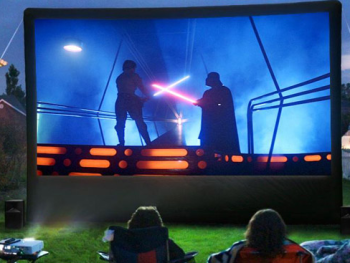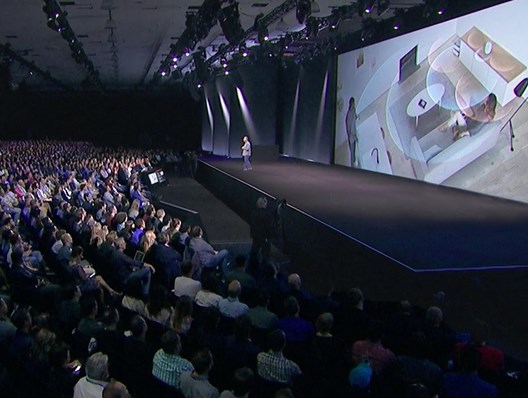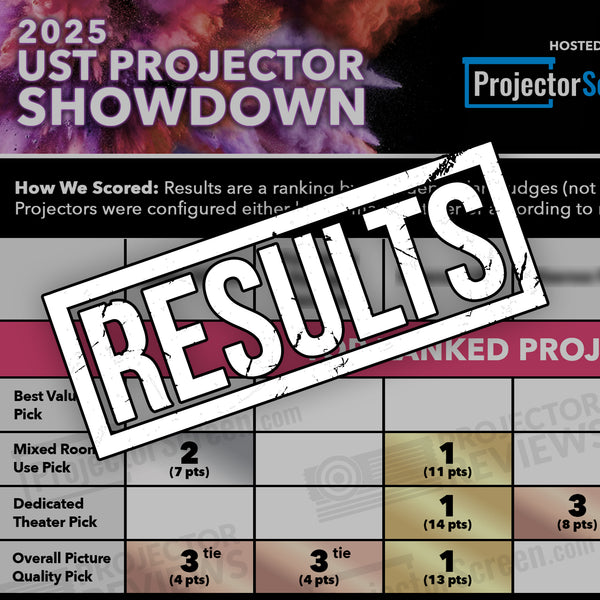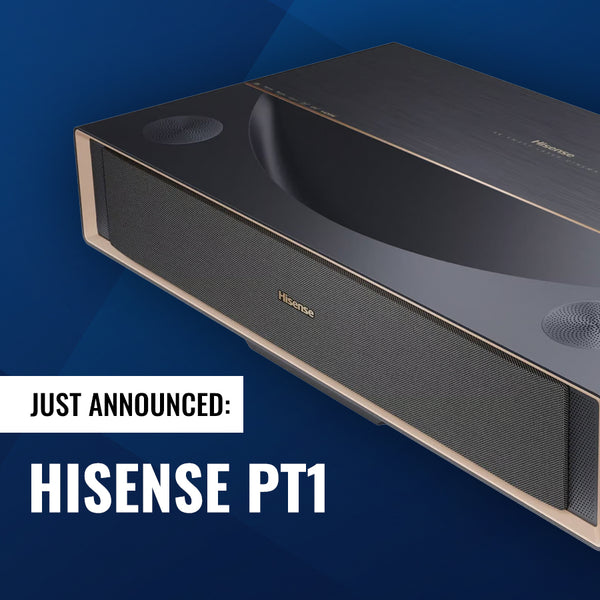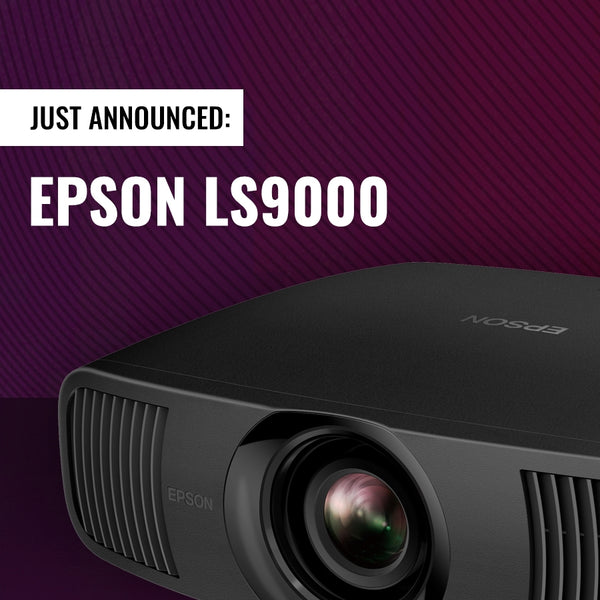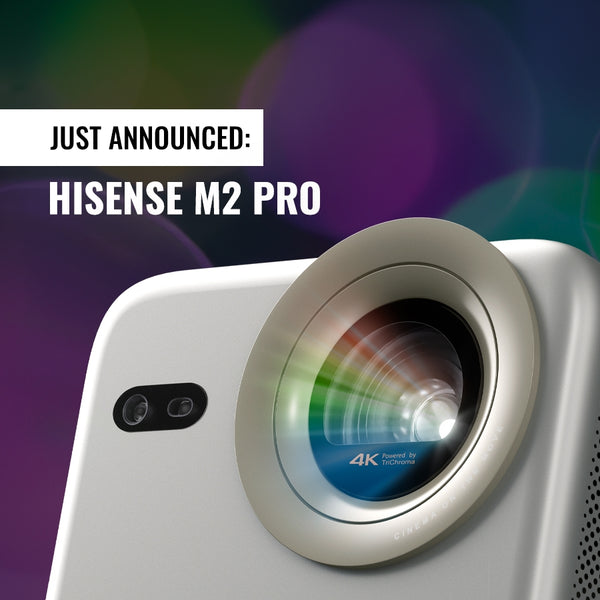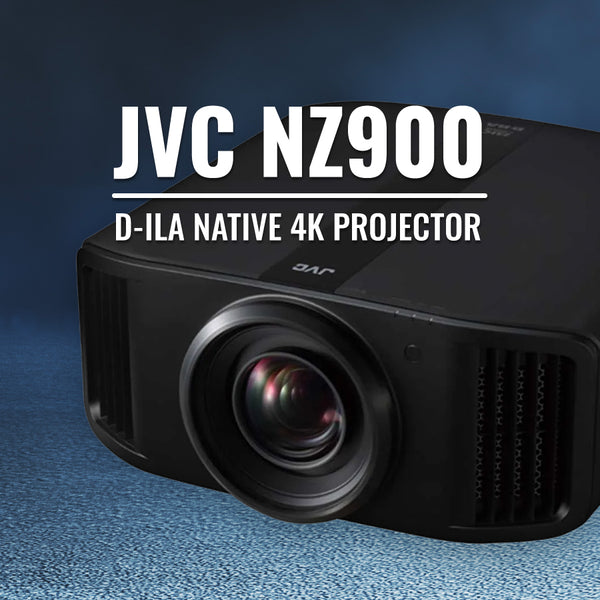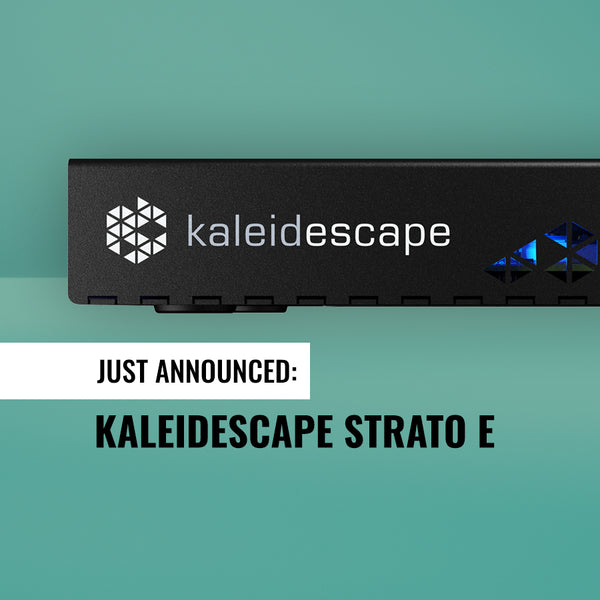How Many Lumens Do I Need For A Projector?
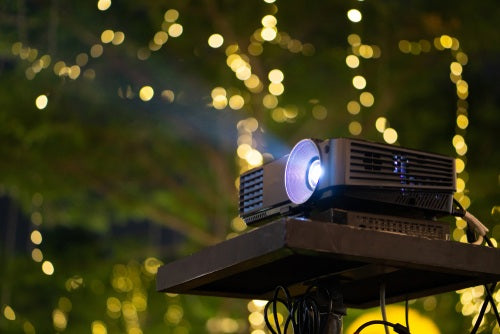
Lumens are quite possibly the most important feature on a projector. If your digital projector doesn’t have enough lumens you can forget about having a quality image, or even being able to see your video at all!
In this piece we’ll answer the question, “How many lumens are good for a projector?” Below you’ll find a guide with pictures that will give you an idea of how many lumens you need for different venues and how big of a projection screen to use.
How Many Projector Lumens Do I Need?
- Recommended lumens for home
- Recommended lumens for outdoor movie nights
- Recommended lumens for offices and meeting rooms
- Recommended lumens for schools and universities
- Recommended lumens for churches and houses of worship
- Recommended lumens for municipalities and government
- Recommended lumens for convention halls and large venues
- Recommended lumens for hospitality and entertainment venues
You can also use our recommended projector lumens chart by screen size.
What are projector lumens?
Before we talk about how many lumens you need for your projector, we first need to talk about what is a lumen.
What is a lumen?
Lumens (lm) are the SI-based unit that measures luminous flux (the electromagnetic waves that the human eye can see). In other words a lumen is a measurement of brightness coming from a light source. This could be the sun, a flashlight, or of course a projector.
Lumens are to light, what gallons are to milk or pounds are to meat.
When you hear the term projector lumens, this is the unit of measurement that tells you how bright a projector is.
Now, when it comes to projectors, not all lumens are created equal.
Lumens vs ANSI Lumens
Lumens tell you the brightness the projector’s lamp is able to produce. But this is only half the story.
In practice the light from the projector lamp diminishes significantly before it’s projected onto the screen. On average only 30% of the light source’s output actually reaches the screen.
BEWARE of Misleading Lumens!
Some cheap projector manufacturers will only advertise the lumen output of the light source to mislead customers about how bright their beamers are. They may advertise a budget projector as having 2500 lumens, but in fact the actual light output is only 750 lumens.
That’s where ANSI lumens come in.
ANSI Lumens
ANSI Lumens are a unit, defined by the American National Standards Institute (ANSI), that measures the overall amount of light delivered by a projector. Not just the lamp’s light output.
An ANSI lumen measures the brightest white that the projector can output. It is measured by taking meter readings on a projected 100% white image. The projected area is divided into 9 zones using a 2° or less light meter. You then average the measurements together and the number you get is the ANSI lumens of a projector. This number tells you the maximum brightness that the projector can actually produce on a cinema screen.
The value of ANSI lumens is that they are a standard manufacturers can use that allows consumers to honestly know the real amount of usable brightness their projector can produce. For the purpose of brevity in this article (and pretty much everywhere else on ProjectorScreen.com) when we refer to “lumens” we are implying “ANSI lumens”
What determines how many lumens you need for a projector?
You might think that the lumens of a projector is all you need to know if your projector is bright enough. But the projector is only half of the equation. There’s also your projector screen. Your projection screen surface can be just as important as your projector.
What tells you how bright your image is going to be is called System Foot-Lamberts
System Foot-Lamberts
Foot-Lamberts (ftL) are the unit of measure used by the motion picture industry to specify how much light should be reflected off the movie screen in a 1-foot x 1-foot area.
The System Foot-Lamberts is the calculation that takes into account the picture created by the projector and the screen together and tells you if your image will be bright enough.
What impacts the projector system Foot-Lamberts?
There are three things that impact a projection system’s Foot-Lamberts
- Projector brightness
- Screen size
- Screen gain
The brighter the projector the more light in the system. Screen size impacts the system Foot-Lamberts because the larger the image is the more spread out the light will be. The 3rd factor is screen gain.
You might be asking “what is screen gain?” As an oversimplification, screen gain measures the reflective properties of a cinema screen. The higher the gain, the brighter the image
Together these three factors together dictate the system Foot-Lamberts.
You can use our handy projector calculator to tell you if you have enough system Foot-Lamberts for your projection setup.
Foot Lambert Calculator
Our foot lambert calculator is used to determine how bright of an image you will get based on projector lumens, screen size and screen gain.
| ftL | Viewing |
| 0-15 | Not bright enough |
| 16-26 | Good for dark room |
| 27-39 | Good for low ambient light |
| 40-59 | Good for medium ambient light |
| 60+ | Good for high ambient light |
Ambient light
System Foot-Lamberts aren’t the only thing that impacts how bright of a projector you need. Another factor you’ll need to consider is the ambient light in your room. Ambient light affects the image on your screen because it can overpower the light from your projector, causing your picture to look washed out.
If you have a room with lots of windows, or if you want to have the lights on while you’re projecting, you’ll need to get a brighter projector to overpower all the extra light. The other option you have is to buy an ambient light rejecting projector screen.
Ambient light rejecting screens
As the name implies and ambient light rejecting projection screen allows the light from your projector to reflect off the screen to the viewers while rejecting the light coming from other sources. Some of these screens use angular reflectivity to reflect unwanted light away from the viewer. Other ALR screens are specially engineered to have tiny angled rows of teeth like a zipper that only reflect the light from the projector back to the viewer while absorbing the ambient light that hits the screen.
How you're using your projector
Another factor that affects how bright of a projector you’ll need is the usage purpose. If you plan to only watch movies in the dark with a home theater projector you won’t need as bright of a projector. But if you plan to have a business projector to make presentations, you’ll want to make sure the projector will be bright enough to leave the lights on.
How many lumens is good for a projector? Is 1000 lumens bright enough for a projector? 2000 lumens, 10,000 lumens?
When someone asks, “Is 2000 lumens enough for a projector?” our response is always the same. “Maybe.” There are many factors that go into having enough lumens for a projector that it’s impossible to give a definitive answer without knowing more about what, where, how and when you plan to use your projector.
Below is a general guide from our projection experts about the amount of lumens needed for different scenarios.
Below are a few examples of the typical required lumen output for different types of rooms for a screen up to 120” with a neutral surface gain of 1.0.
For Home



For Outdoor Movies


For Offices

For Grade Schools and Universities
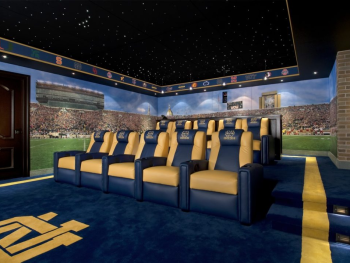
For Churches & House of Worship
For Government and Municipalities
For Convention Halls
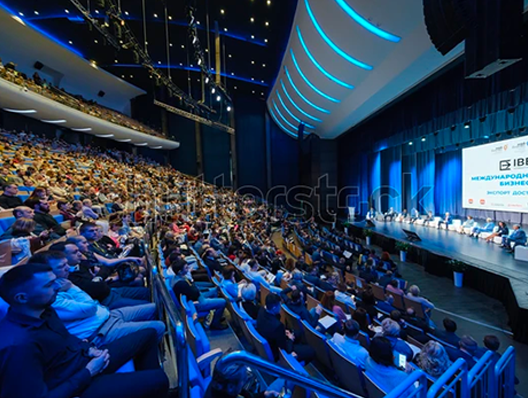
For Hospitality & Entertainment Venues
How Bright Should My Projector Be?
As we mentioned, each projection scenario is unique. Your projector lumen needs may vary based on your planned setup.
Below is a lumens chart that can tell you how many lumens and Foot-Lamberts you'll need for various size projector screens. Again, this projector lumen chart is just a general guideline for how much brightness you'll need.
If you’re not confident about how many lumens you’ll need from your projection setup give us a call at 888-392-4814. You’ll speak to a real expert, who can give you advice to find the best projector for your needs.
Screen Size (Inches) 16x9 |
||||||||
|---|---|---|---|---|---|---|---|---|
100 |
120 |
150 |
180 |
200 |
250 |
300 |
||
Lumens |
500 |
16.85 |
11.70 |
7.49 |
5.20 |
4.21 |
2.70 |
1.87 |
800 |
26.96 |
18.72 |
11.98 |
8.32 |
6.74 |
4.31 |
3.00 |
|
1000 |
33.68 |
23.40 |
14.97 |
10.41 |
8.42 |
5.39 |
3.74 |
|
1500 |
50.52 |
35.10 |
22.45 |
15.62 |
12.64 |
8.09 |
5.61 |
|
2500 |
84.20 |
58.51 |
37.44 |
26.00 |
21.06 |
13.48 |
9.36 |
|
3000 |
101.04 |
70.21 |
44.93 |
31.20 |
25.28 |
16.18 |
11.23 |
|
3500 |
117.88 |
81.91 |
52.42 |
36.40 |
29.49 |
18.87 |
13.11 |
|
4000 |
134.73 |
93.61 |
59.91 |
41.60 |
33.70 |
21.57 |
14.98 |
|
4500 |
151.57 |
105.31 |
67.40 |
46.80 |
37.91 |
24.26 |
16.85 |
|
5000 |
168.41 |
117.01 |
74.88 |
52.00 |
42.13 |
26.96 |
18.72 |
|
6000 |
202.09 |
140.42 |
89.86 |
62.40 |
50.55 |
32.35 |
22.47 |
|
7000 |
235.77 |
163.82 |
104.84 |
72.80 |
58.98 |
37.74 |
26.21 |
|
8000 |
269.45 |
187.22 |
119.81 |
83.20 |
67.40 |
43.13 |
29.96 |
|
9000 |
303.13 |
210.62 |
134.79 |
93.60 |
75.83 |
48.53 |
33.70 |
|
10000 |
336.81 |
234.03 |
149.77 |
104.00 |
84.25 |
53.92 |
37.44 |
|
12000 |
336.81 |
280.83 |
179.72 |
124.80 |
101.10 |
64.70 |
44.93 |
|
15000 |
505.56 |
351.04 |
224.65 |
156.01 |
126.38 |
80.88 |
56.17 |
|
ftL |
Viewing |
|---|---|
0-15 |
Not bright enough |
16-26 |
Good for dark room |
27-39 |
Good for low ambient light |
40-59 |
Good for medium ambient light |
60+ |
Good for high ambient light |
160+ |
Possibly too bright |
This projector lumens chart assumes that you will use a matte white screen with a screen gain of 1. If you’re using a screen with a different gain such as .8 or 1.5, simply multiply the Foot-Lamberts by the screen gain.
Do projectors lose lumens as they age?
Different types of projectors age in their own way.
For bulb projectors, the lamp looses brightness the more it's used. This leads to a lower light output over time. Most projector bulbs last for around 4,000 hours before they need to be replaced. If you're planning to get a bulb based projector, you'll want to factor this degradation in lumens over time since a new lamp might be bright enough when you buy it but after only 1,000 hours it may not be.
With regards to LED and laser projectors, the light source maintains a consistent brightness for up to 25,000 hours. This is why for most churches and businesses we recommend getting a laser projector to reduce maintenance.
How many lumens are commercial cinema projectors?
Because they’re projecting on a huge screen, movie theater projectors need to be extra bright. A typical commercial movie theater projector ranges between 40,000-60,000 lumens. The IMAX projector’s xenon arc lamp is capable of 600,000 lumens. That’s roughly how bright the sun looks from earth.

What happens if you buy a projector that’s not bright enough?
If your projector doesn’t have enough lumens (more importantly, if you don’t have enough system foot-lamberts) the image on the screen will look dull and washed out. This of course creates a horrible movie watching experience. Make sure you shop for a projector that is bright enough for your image size and ambient lighting situation.

Can a Projector Be Too Bright?
Yes, it is possible to have a projector with too many lumens for your setup.
With regards to brightness, the more common issue is not having a bright enough projector as opposed to having one with too many lumens.
The reason for this is that if your projector is too bright you can always lower the brightness in the settings menu. This is why it’s better to get a projector that can fire off more lumens than you need.
But don’t get a projector that way brighter than you need.
Why don’t you want to buy a projector that has too many lumens?
There are a few reasons why you don’t want to get a projector that’s too bright. These include:
- Spending more than you need to - Typically the brighter the projector the more it costs, if you don’t need as bright of a projector you can save on the device you purchase
- Hotspotting - A Hot Spot is a bright spot that prevents you from getting a clear image. This is especially a potential issue for ultra short throw projectors and why you want to get a lower gain screen that’s made for laser TVs.
- Eyestrain - Watching content from a projector can put strain on your eyes making it uncomfortable to watch after a while.
- Shortening the lifespan of your projector - Chinese philosopher Lao Tzu once said “The flame that burns twice as bright burns half as long." This saying applies to projectors as well. By lowering the lumen output of your projector the light source will last longer.
- Wasting energy - A brighter light source requires more power but if your projector is brighter than it needs to be, you’re just wasting energy.





